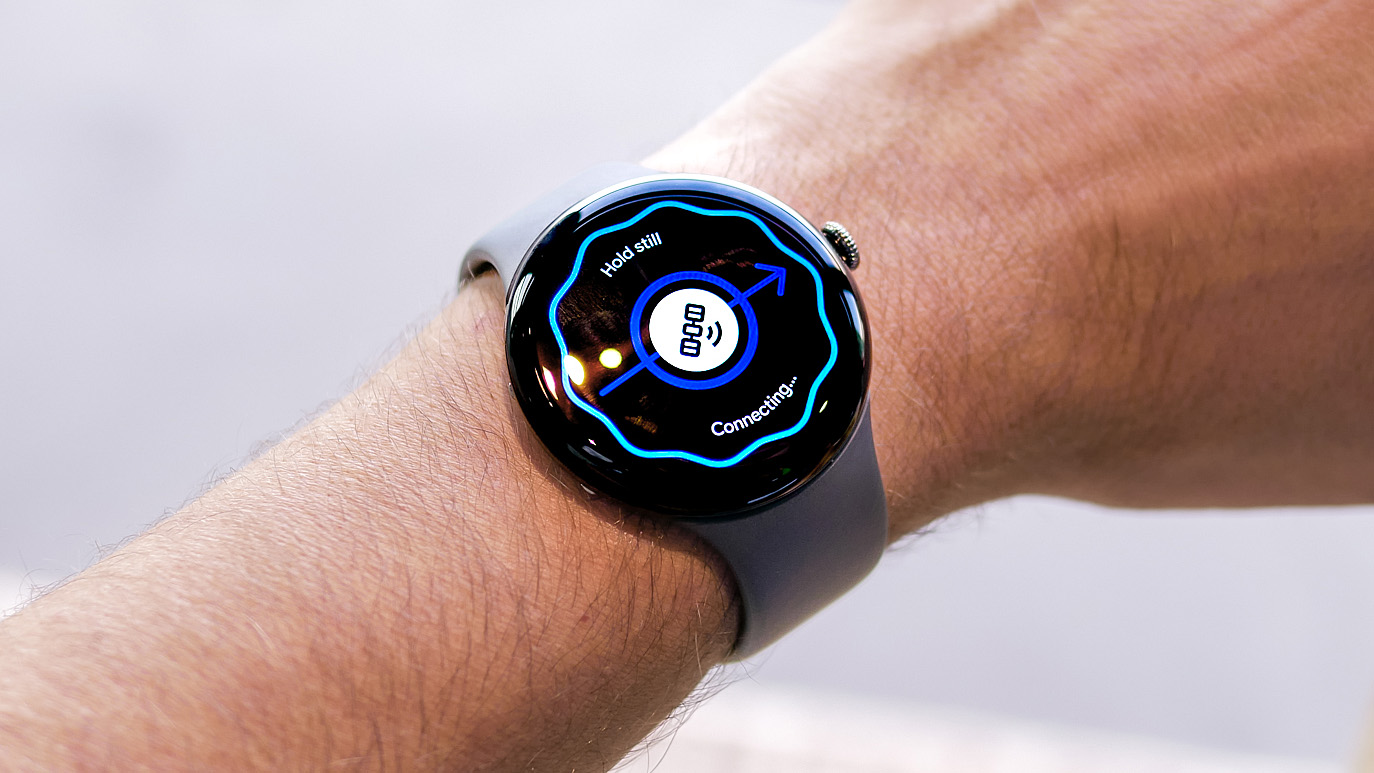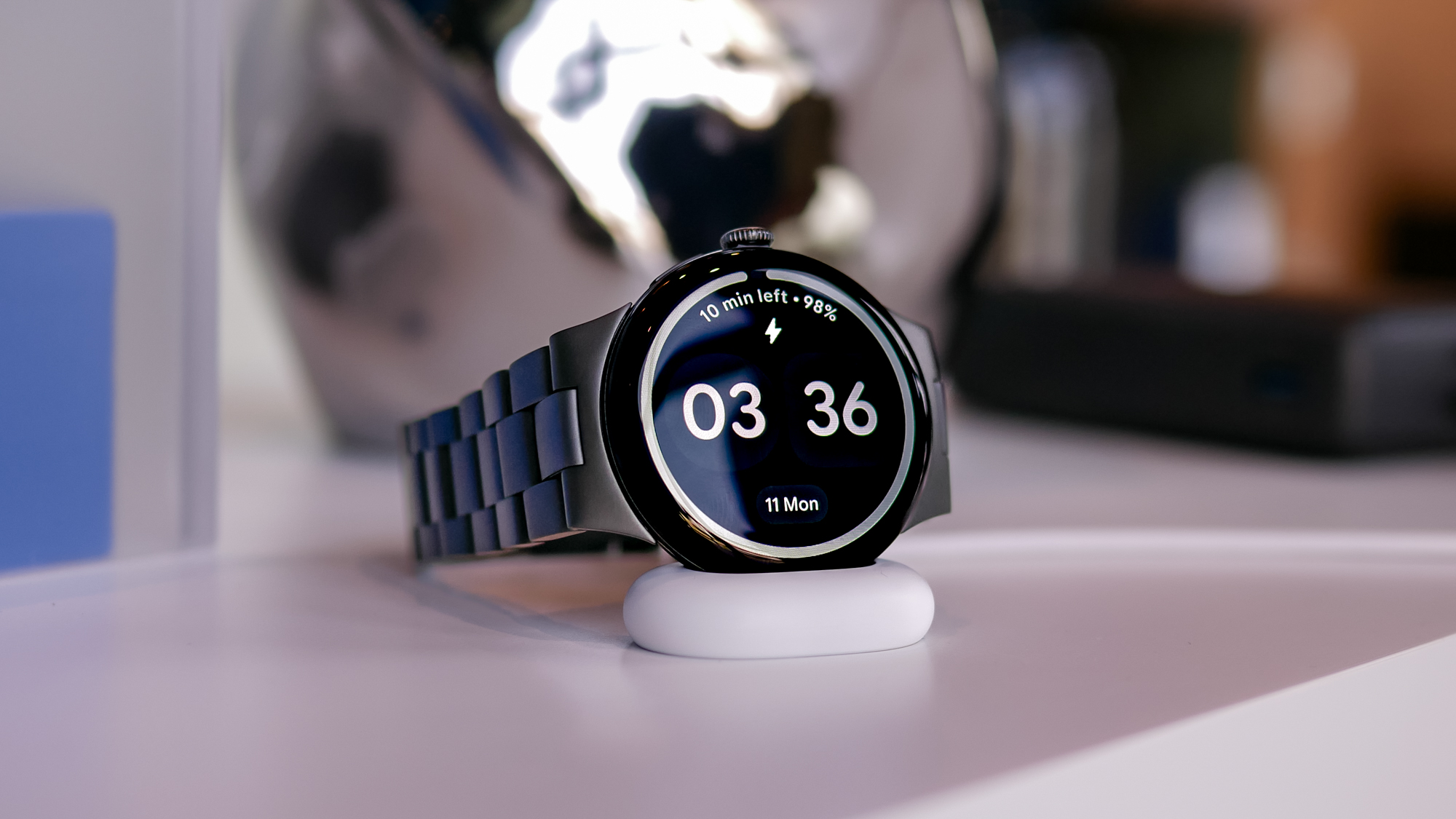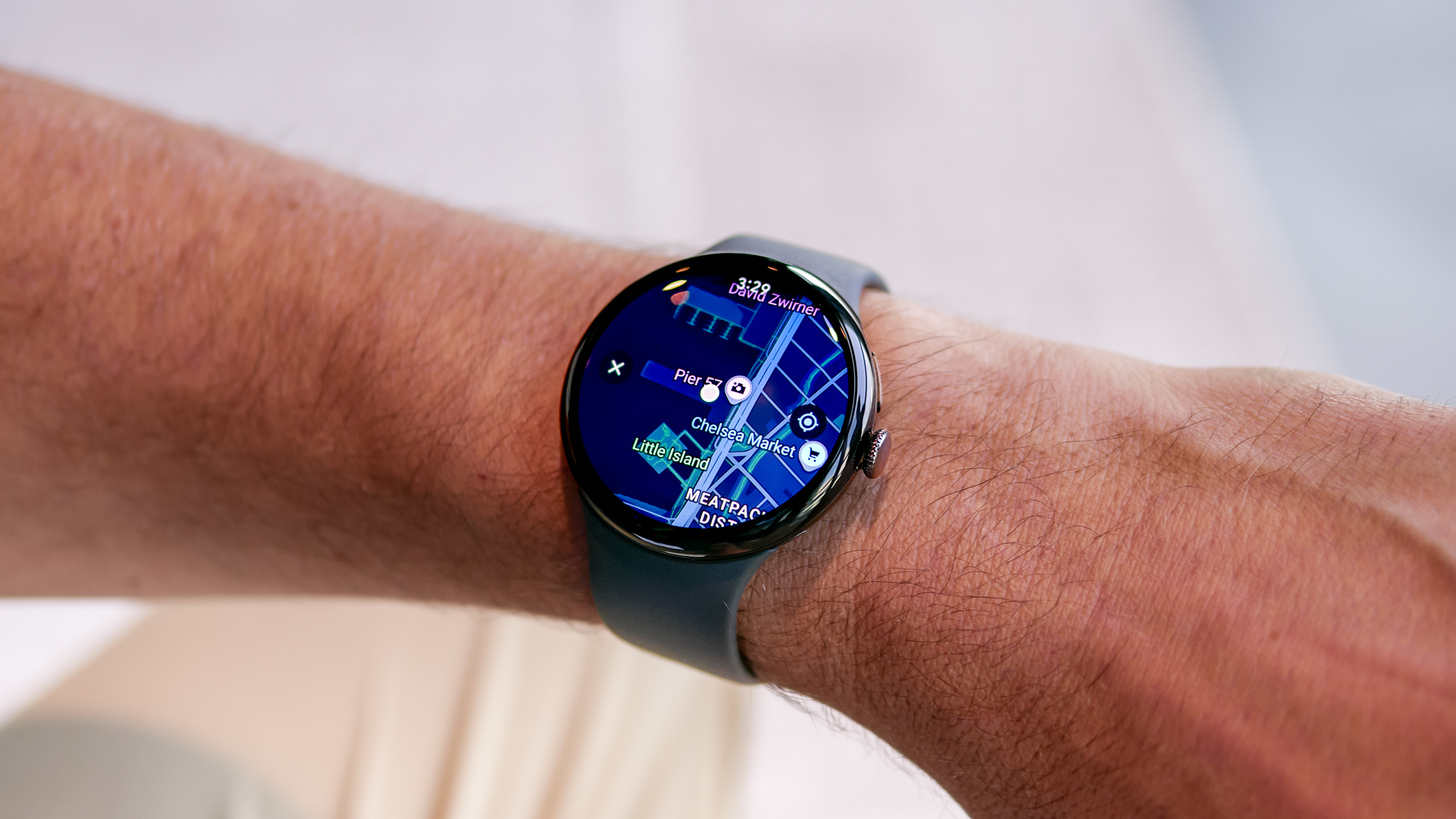The Pixel Watch 4 is the first smartwatch with satellite SOS messaging — here’s how it works
I chatted with experts at Google to learn more about the latest Pixel Watch safety tech

Of all the shiny new features announced on the Pixel Watch 4 during the August 20 Made by Google event, I’m most excited for emergency satellite communications, borrowed from last year’s Google Pixel 9 smartphone.
A first-of-its-kind feature on a smartwatch — much to the chagrin of Apple, no doubt — satellite SOS messaging doesn’t require a paired smartphone or even cellular reception. As the name implies, it uses a satellite to connect you to help via messaging.
As an avid outdoor enthusiast who often hikes out of LTE range, this is a welcome addition to the Pixel Watch’s already impressive toolkit of safety tech (see also: fall detection, crash detection, and loss of pulse detection).
To find out more about satellite SOS messaging on the Pixel Watch 4, I chatted with Sharath Ananth, a principal and system engineer on Google's watch software team, and Anu Kumar, who leads the Pixel Watch essentials apps team.
What is satellite SOS messaging on Pixel Watch 4?
With rumors hinting at both the Pixel Watch 4 and the forthcoming Apple Watch Ultra 3 (and maybe Apple Watch Series 11) launching with some form of emergency satellite messaging, Google clearly beat Apple to the punch. As of writing, the Pixel Watch 4 is the only full-featured smartwatch with this safety tool, though the watch doesn't go on sale until October 9.
Intended to connect you with emergency responders when out of cell range, this potentially life-saving tool is in good company.
“We already have fall detection, car crash detection, and last year we unveiled the loss of pulse feature. This is another in the quiver for your peace of mind,” Kumar said.
Get instant access to breaking news, the hottest reviews, great deals and helpful tips.
Google is using the same service provider for the feature on the Pixel Watch 4 as on the Pixel 9 smartphone.
“What we're doing in the Pixel Watch builds on the infrastructure that we built on the Pixel phone, which launched last year. So a lot of our design philosophy and some of our partners are the same as the phone. We, of course, had to adapt it uniquely for the watch, which is obviously a different form factor, but with its own set of challenges,” Ananth said.
How does satellite SOS messaging work?

To use the new emergency satellite communication feature on the Pixel Watch 4, “you first have to try and dial 911,” Ananth said. “When the 911 call doesn't go through, or if it doesn't go through because you're out of network for a certain amount of time — right now it's about 20 seconds — a UI pops up to the user saying, ‘Hey, do you want to try a satellite option?' If the user accepts, we first [ask] a set of questions about what may be going on.
"The aim is to collect as much information as possible, very briefly. ‘Are you injured?’ ‘Are you in a moving boat?’ After that, there's a small tutorial on how you would have to point to the satellite for the communication to get through,” Ananth added.
Once you cruise through the tutorial, your emergency message is transmitted along with the questionnaire you filled out. After that, “you get an immediate acknowledgement that the message was sent. Now you can communicate free form with our service provider and get messages back,” Ananth said.
Of course, every time you reply, you have to point the watch toward the satellite again.
Satellite SOS messaging — intended use case
“The communication is between you and the emergency service provider, and just a notification [gets sent] to your loved ones.”
— Sharath Ananth, Google
It’s worth noting that once connected via emergency satellite messaging, you can only communicate with the responder on the other end via messaging (no voice support), not anyone from your contact list.
“The communication is between you and the emergency service provider, and just a notification [gets sent] to your loved ones,” Ananth said. In this case, "loved ones" would be anyone that you’ve selected as an emergency contact. Thankfully, for the sake of not startling my 70-year-old parents, this can be turned off.
So, yeah, satellite SOS messaging on the Pixel Watch 4 is for actual off-the-grid emergencies only. But what use cases did Google develop the feature around?
“The usual one is hiking," Ananth said. “But maybe something that is not so common is you're driving somewhere and there's no [cellular] coverage, and you have a flat; a simple use case. You still need to get out in the open to be able to make the call, but you will be able to at least get through and get somebody to help you with that.
“Some other use cases we have tested are when you're on the boat in the terrestrial United States," Ananth added. "So, you don't have your phone and have an emergency — I think somebody was saying they're going kayaking and they didn't bring the phone along — then you're falling back to this as your primary provider in an emergency."
Satellite SOS messaging — limitations

One of the most notable limitations of the emergency satellite messaging on the Pixel Watch 4 is that only the pricier LTE models support the feature; it’s also only available in the contiguous U.S. at launch. Interestingly, you don’t need to pay for LTE service to use satellite messaging; you just need the LTE hardware.
“The underlying technology that's communicating to the satellite is still a variation of the LTE standard. So you need an LTE modem, ultimately. It's not, it's not the LTE waveform, but it's very similar,” Ananth sakd.
With a single satellite supporting the new safety feature, sky obstructions, like tall trees, could potentially be a limiting factor.
“You need to have a clear view of the sky to be able to get GPS location data and to be able to point to the satellite,” Ananth added. “So if it turns out that you have a clear view of the sky everywhere but where the satellite is, if there is a building [in the way], no, you won't get through.”
What about cloudy skies or precipitation? “Rain will not be a problem,” Anath said.
No satellite SOS messaging for older Pixel Watches
Unfortunately, older Pixel Watch models will not be inheriting this feature. “The satellite frequency is slightly different, so you have to have band support and antenna support. So it can't come to any of the gotcha earlier versions,” Ananth said.
More from Tom's Guide
- The future of wearable wellness tech: 5 wild predictions for 2035 according to experts and industry leaders
- Google is partnering with Steph Curry and rolling out a personalized AI fitness coach — here’s how to access it
- Google Pixel Watch 4 — 5 reasons to buy (and 2 reasons to skip)

Dan Bracaglia is the Tom’s Guide editorial lead for all things smartwatches, fitness trackers and outdoor gear. With 15 years of experience as a consumer technology journalist testing everything from Oura Rings to instant cameras, Dan is deeply passionate about helping readers save money and make informed purchasing decisions. In the past year alone, Dan has assessed major product releases from the likes of Apple, Garmin, Google, Samsung, Polar and many others.
An avid outdoor adventurer, Dan is based in the U.S. Pacific Northwest where he takes advantage of the beautiful surroundings every chance he gets. A lover of kayaking, hiking, swimming, biking, snowboarding and exploring, he also makes every effort to combine his day job with his passions. When not assessing the sleep tracking and heart rate accuracy of the latest tach gadgets, you can find him photographing Seattle’s vibrant underground music community.
You must confirm your public display name before commenting
Please logout and then login again, you will then be prompted to enter your display name.
